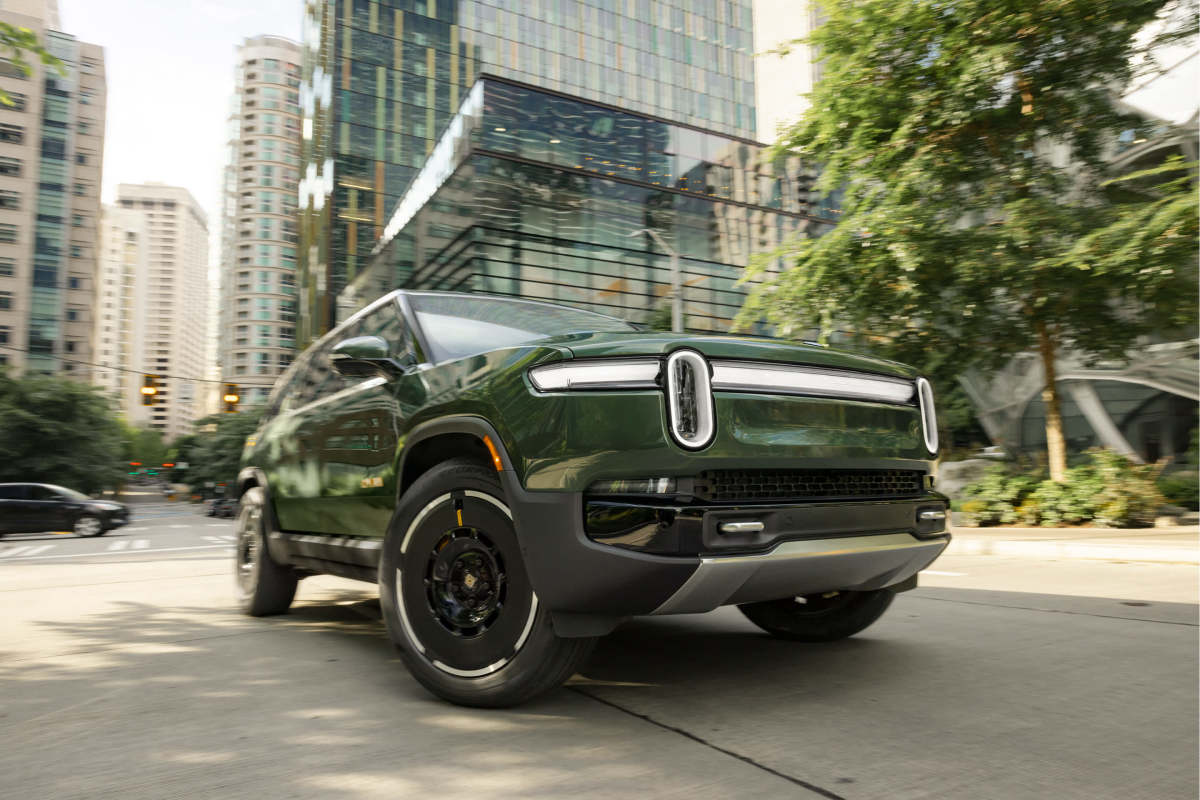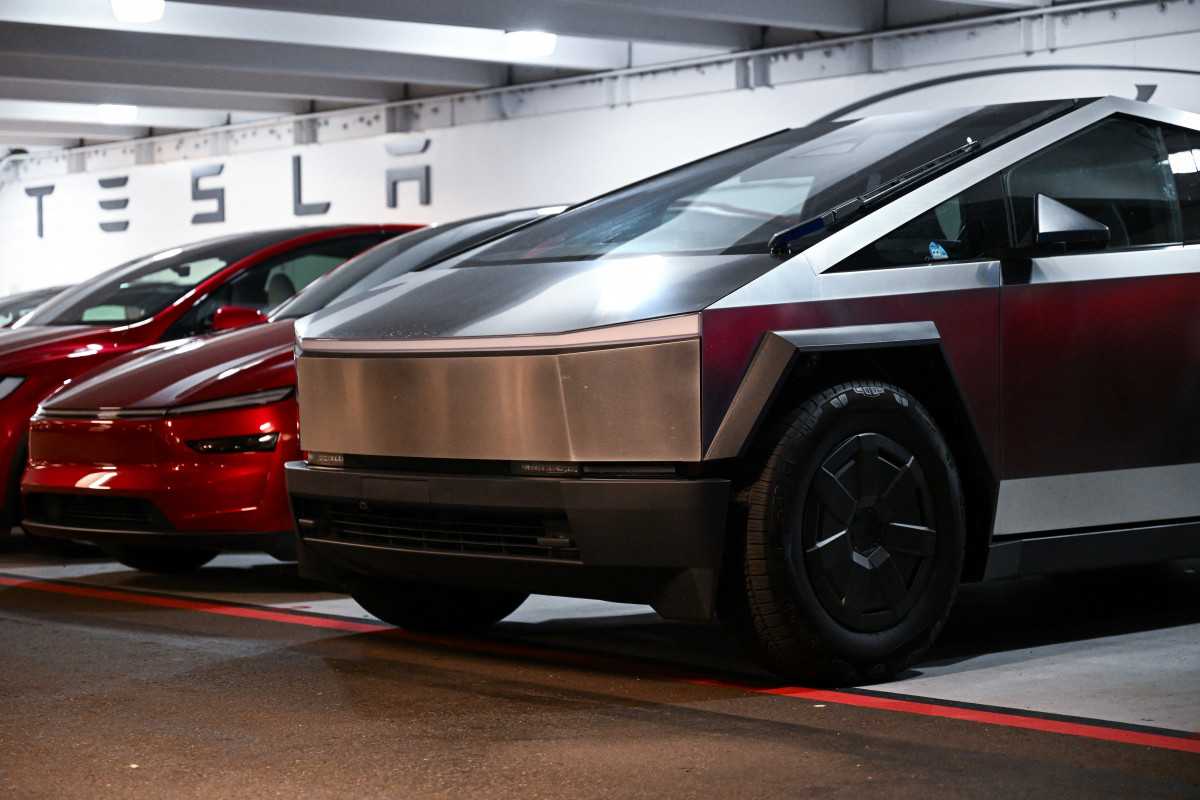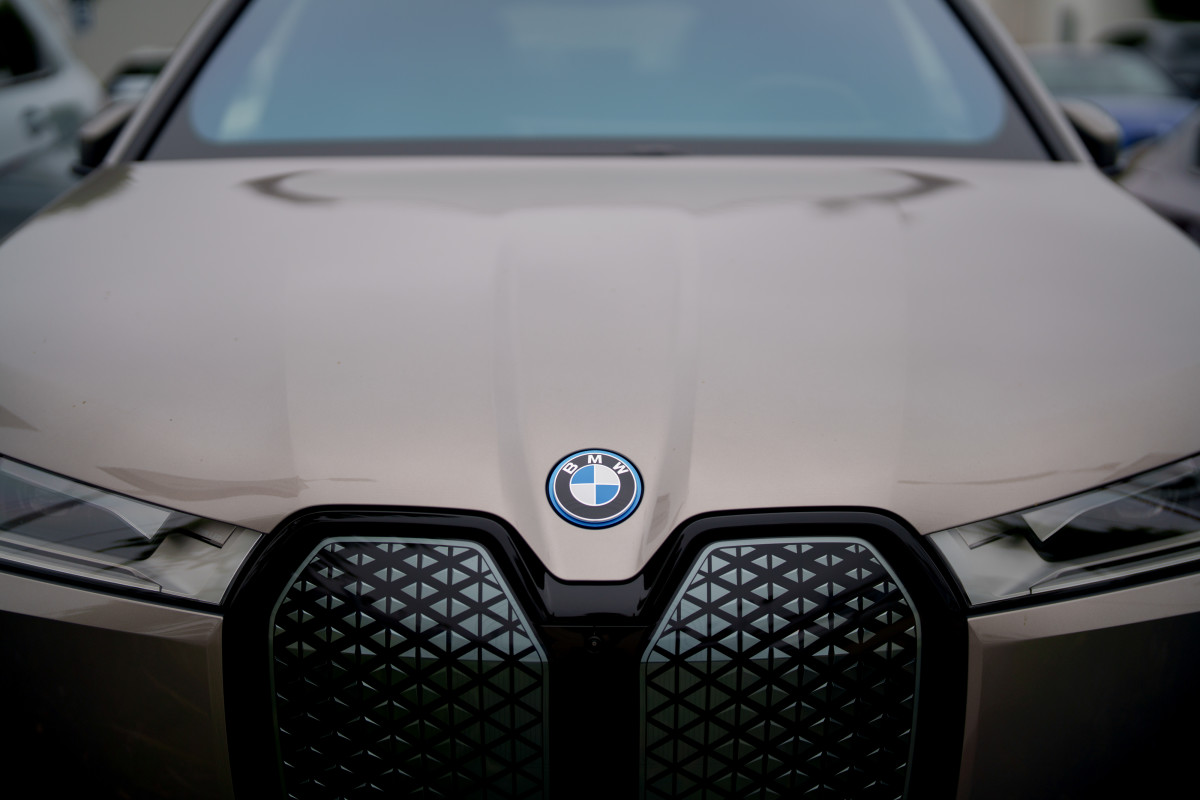Leaders in the EV Race

When discussing the electric vehicle market in America, Tesla often sits at the forefront of the conversation. It’s no surprise that even amidst an 8.6% drop in sales from last year, Tesla still reported 128,100 cars rolling off lots in Q1 2025. Now, if numbers were a sport, Ford would offer some competition, albeit modestly, with its 22,550 units sold during the same period. Tesla seems to be maintaining its space at the top, which is quite a feat considering the ever-growing landscape of EV players like Rivian and Lucid.
Rivian, with its rugged, outdoorsy aesthetic, seems to be hitting a few bumps along the way. Sales slumped to 8,553 in Q1 2025, a significant drop of 37.1% compared to last year. It’s worth noting that they managed to sell around 51,579 vehicles in 2024—a minor 3% uptick from 2023. In stark contrast, Tesla was busy sealing the deal with over 1.8 million vehicles sold in 2024. The figures tell a compelling story of market positioning and consumer inclination.
Demographics and Challenges

Insights from S&P Global Mobility highlight a struggle for Rivian to connect with a key demographic—Asian-American buyers. Asian households represented a mere 7.2% of newly registered vehicles in Q1 2025. Tesla, by contrast, captured an impressive 27.2% of Asian-American buyers in the same period. Of the total EV sales that weren’t from Tesla or Rivian, Asian-Americans accounted for 12.7%, emphasizing their interest in EVs outside Rivian’s reach.
Rivian’s lineup may be a part of its current challenge. With just two models—the R1T and the R1S, Rivian lacks diversity in its offerings. Its R1T competes in the full-size pickup segment, where Asian buyers make up only 2.3% of U.S. sales, a niche market for these buyers. Comparatively, Tesla’s Cybertruck drew in 24% of its sales from the Asian-American community, showcasing its broader appeal despite its non-traditional design.
Perception and Reality

Beyond the numbers and models, Tesla seems to offer a deeper appeal. It’s not just about cars; it’s about the brand’s reputation for innovation and premium status. This resonates particularly well with Asian-American buyers, who also gravitate towards brands such as Mercedes and BMW, known for their luxury and technological prowess. Remarkably, 33% of Tesla Model X buyers were from Asian-American households, indicating a consistent pull beyond traditional barriers.
S&P’s research also highlights these buyers’ preference for a streamlined buying journey and Tesla’s vast Supercharger network, which offers significant convenience. For a lot of buyers, it’s not just about vanity or brand prestige. It’s about functional efficiency, low maintenance, and bypassing the dealership experience.
Takeaway
The story of electric vehicles in the United States is not a single-thread narrative. It’s a tapestry of shifting consumer preferences, innovative changes, and evolving brand dynamics. While Tesla remains at the forefront, others like Rivian have their work cut out. The emerging themes of brand perception, model diversification, and customer experience tell us where attention needs to be focused for the next chapter in this electric journey.
Lucid Teases New EVs
Mercedes Recalls
Electric M3 Unveiled
CEO Pay: Stellantis Edge
Kia Brings Back Hatchbacks